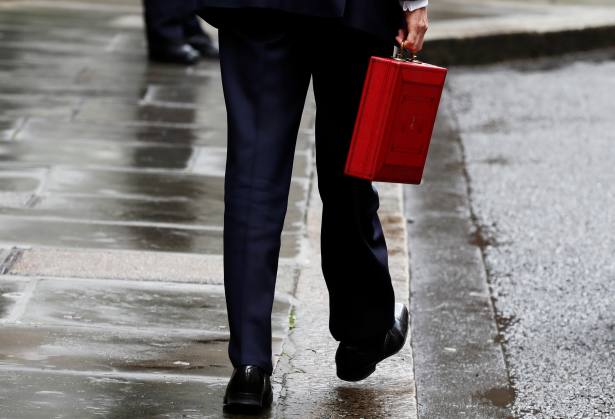Modelling carried out for the study, called Restless Worklife: Protecting the Gig Economy Worker, estimated that a typical worker now aged 25 earning £25,000 could end up with a £75,600 lump sum at retirement.
This is based on the Taylor review recommendation of enabling individuals to put aside 4 per cent of their income when completing tax returns.
When combined with the state pension, this would equate to an income at retirement of £13,500.
If the worker had been auto-enrolled into a workplace pension, removing the current restrictions in place on minimum earnings, they could end up with a final lump sum of £101,500.
This, when added to the state pension, could give them an income per year of almost £15,000 at retirement.
But no mention was made of extending auto-enrolment to self-employed and gig economy workers in the Budget – although the Work and Pensions Committee and the Department for Business, Innovation and Skills, did sneak out a draft bill on Employment and worker status: definitions on the morning of the Budget.
Paul Falvey, tax partner at BDO, says of the lack of attention given by Mr Hammond to the self employed: “This will surprise many, given the chancellor’s focus on technology and future-proofing our workforce.”
That said, in October, FTAdviser reported on PPI figures which showed only 2m self-employed workers would meet the eligibility thresholds for joining a workplace pension with the current workplace pensions framework.
Pensions pain in the personal allowance
In the Budget, Mr Hammond confirmed a rise in personal allowances. In April 2018 the basic rate personal allowance will rise to £11,850 and the higher rate threshold to £46,350.
The raising of the personal allowance threshold has been welcomed generally, but there is a fear this could affect the lowest-earning workers who fall within the earnings band for auto-enrolment, which starts at £10,000.
The Department for Workplace Pensions has previously estimated that approximately 280,000 who earn between £10,000 and the current personal allowance of £11,500 would not benefit from tax relief on their contributions if enrolled in a pension scheme that uses a net pay arrangement.
As Mr Greer explains: “The increase in the personal allowance to rise with inflation means that more workplace pension savers may fall into a tax hole.
“If workers are auto-enrolled into a workplace pension scheme that operates tax relief through the “net pay arrangement” system, but have earnings below the new income tax threshold of £11,850, they will not get tax relief because they are under the tax threshold”.
Pension scams
There was no reminder of the government’s work to prevent pension scams being perpetrated on the people of Britain.
In August this year, the City of London Police revealed £42m had been lost from pension pots to scams within just two years of the 2014 Budget, when then chancellor George Osborne announced the pensions freedom and choice regime.







